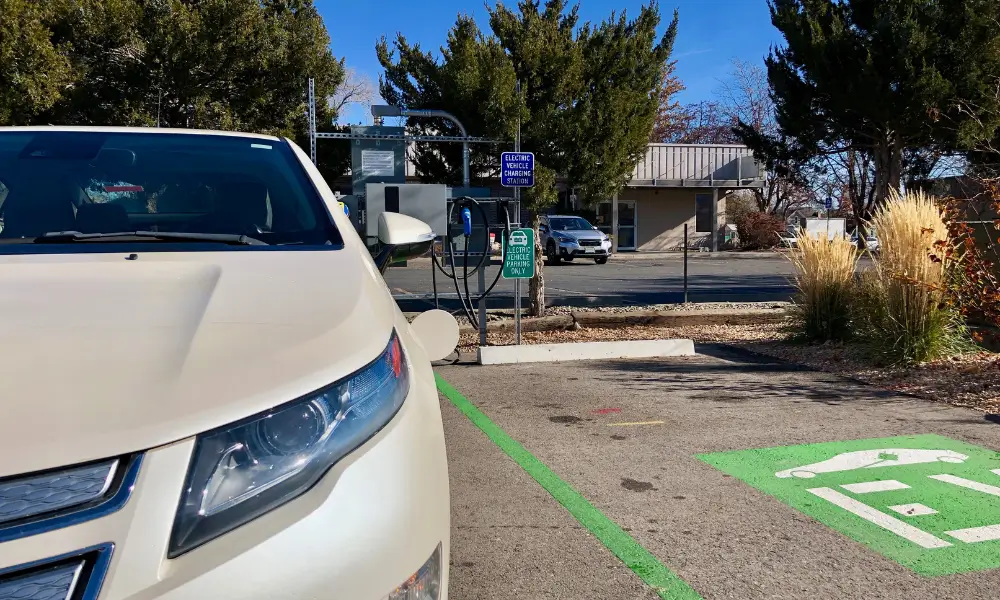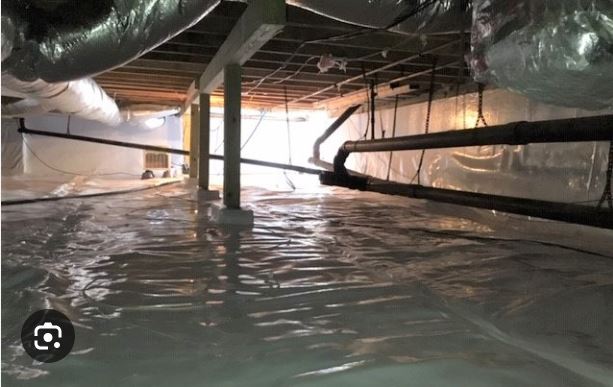
As electric vehicles (EVs) continue to gain popularity globally, the demand for reliable and accessible charging infrastructure is growing at a rapid pace. However, the costs associated with installing EV chargers can vary significantly depending on the region and the market in which they are installed. Understanding these variations is crucial for businesses, governments, and individuals looking to invest in EV charging infrastructure.
This article explores the factors that influence installation costs, examining how these costs differ by region, local policies, and market type, providing a comprehensive view of the challenges and opportunities in the global EV charging ecosystem.
Key Factors Influencing EV Charger Installation Costs
Before diving into regional differences, it’s important to understand the key factors that influence the cost of EV charger installations:
- Location and Accessibility: Urban areas tend to have lower installation costs due to existing infrastructure and easier access to power sources. In contrast, rural or remote areas may require more complex and expensive upgrades to the electrical grid, increasing installation costs.
- Power Supply and Grid Capacity: In regions with robust electrical infrastructure, such as many European countries or urban centers in North America, installation costs can be lower. However, in areas with less developed grids, upgrades to transformers, substations, and other infrastructure may add significant costs.
- Regulatory and Legal Requirements: Local zoning laws, building codes, and permitting processes can all affect the cost of installation. Some regions require additional permits or specific safety protocols that can add to the overall expense.
- Labor Costs: Labor rates vary by region, with more developed countries typically having higher labor costs. The complexity of the installation (e.g., retrofitting old buildings, trenching for wiring) also impacts costs.
- Infrastructure Type: The type of charger (Level 1, Level 2, or DC fast charger) plays a significant role. Level 2 chargers are more affordable and easier to install, while DC fast chargers require more power and specialized equipment, leading to higher costs.
- Government Incentives and Subsidies: Many regions offer incentives to reduce the initial installation costs, such as tax credits, grants, or subsidies, which can significantly impact the affordability of EV chargers. Governments are increasingly offering incentives for businesses to install EV chargers for business use. These incentives can significantly reduce the upfront costs, making it an attractive investment for companies committed to sustainability.
Installation Costs by Region
North America
- United States: In major cities like New York, Los Angeles, and Chicago, installation costs for a Level 2 EV charger typically range from $2,000 to $5,000. However, in less developed areas, this can rise due to the need for grid upgrades or additional infrastructure. DC fast chargers, commonly found along highways for long-distance travel, can cost anywhere from $40,000 to $150,000, depending on the installation location and power requirements.
- Government Incentives: The U.S. government provides federal tax credits for commercial and residential EV charger installations, covering up to 30% of the total cost. Various state and local programs also offer additional incentives, which can reduce costs further.
- Canada: In Canadian cities like Toronto and Vancouver, installation costs are somewhat similar to the U.S., with Level 2 chargers costing between $2,500 to $6,000. However, certain provinces, such as British Columbia, offer generous incentives for both residential and commercial installations, significantly lowering the financial burden on businesses and homeowners.
Europe
- Germany: As one of the leading countries in EV adoption, Germany has well-established EV charging networks. The cost of installing a Level 2 charger typically ranges from €1,500 to €3,000. However, the costs can increase when installing DC fast chargers, which can reach €20,000 to €50,000, depending on the installation site and necessary grid upgrades.
- Incentives: The German government offers financial support for businesses and consumers through subsidies and tax reductions to promote green energy and sustainable mobility. Local authorities also provide grants to offset installation costs.
- United Kingdom: The UK also offers a favorable environment for EV infrastructure development. Costs for installing Level 2 chargers can range from £1,000 to £2,500, while fast chargers may exceed £20,000 in urban areas. The UK government’s Workplace Charging Scheme provides up to £350 per chargepoint for businesses, helping to lower installation costs.
Asia-Pacific
- China: As the world’s largest EV market, China has seen rapid development of charging infrastructure. The cost of installing a Level 2 charger in urban centers typically ranges from ¥2,000 to ¥4,000, while DC fast chargers can cost upwards of ¥30,000 to ¥50,000.
- Government Support: The Chinese government has heavily subsidized the development of EV charging networks, with programs like the “Charging Infrastructure Development Plan” providing funding for both public and private installations.
- Japan: Japan’s EV charging infrastructure is well-developed, with installations in both urban and rural areas. Level 2 charger installation costs in Tokyo can range from ¥100,000 to ¥300,000. However, installation in more rural regions may require additional grid upgrades, which can raise costs.
Emerging Markets
- India: In India, the cost of installing a Level 2 charger is much lower, with typical installation costs ranging from ₹30,000 to ₹60,000, depending on the location and complexity. However, grid capacity and infrastructure readiness may result in additional costs, especially in more remote areas.
- Government Initiatives: India has introduced the Faster Adoption and Manufacturing of Hybrid and Electric Vehicles (FAME) scheme, which provides incentives to reduce installation costs for both individuals and businesses.
- Latin America: In countries like Brazil and Mexico, installation costs for Level 2 chargers can vary between $1,000 to $3,000. However, due to less developed charging infrastructure, businesses and local governments may face higher costs for grid integration and infrastructure development.
Market-Specific Variations
Public Charging Stations vs. Private Business Locations
- Public charging stations, particularly those installed in high-traffic areas such as shopping malls, airports, and highways, often incur higher installation costs. These locations require extensive groundwork, including securing permits, negotiating land leases, and upgrading the grid, which can significantly add to the overall cost.
- In contrast, installing EV chargers at private business locations (e.g., corporate offices, hotels) may involve fewer regulatory hurdles and lower costs, as businesses typically already have electrical infrastructure in place.
Commercial vs. Residential Installation
- Commercial installations require more robust power systems to support multiple simultaneous charges, which increases the installation costs. Additionally, businesses may need to factor in higher operational costs, such as electricity usage and maintenance of the chargers.
- Residential installations are generally more affordable, especially when installing Level 2 chargers at homes. Costs for home installations typically range from $500 to $2,000, though complex installations (e.g., in older homes with outdated electrical systems) can raise costs.
Impact of Local Policies, Subsidies, and Incentives
Government policies play a crucial role in reducing installation costs by offering incentives such as tax credits, grants, and subsidies. In regions with aggressive EV adoption policies (e.g., California, Germany, China), governments provide significant financial assistance to both businesses and consumers to support the development of charging infrastructure.
Future Trends and Cost Reduction Strategies
As the market for electric vehicles continues to expand, the cost of EV charger installation is expected to decrease. Technological advancements, such as faster chargers and wireless charging, along with the increased scale of production, will contribute to cost reductions.
In addition, economies of scale—as more businesses and consumers adopt EVs—will help bring down the overall cost of installation. Collaboration between the public and private sectors, as well as standardized charging equipment, could also streamline the process and reduce expenses in the future.
Conclusion
The cost of installing EV chargers varies significantly across regions and markets, driven by factors such as local policies, infrastructure, labor costs, and government incentives. Understanding these regional differences is key for businesses and consumers who are planning to invest in EV charging infrastructure. With growing government support and technological advancements, the cost of EV charger installation is expected to continue decreasing, making it more accessible to businesses and individuals alike.
Write and Win: Participate in Creative writing Contest & International Essay Contest and win fabulous prizes.


